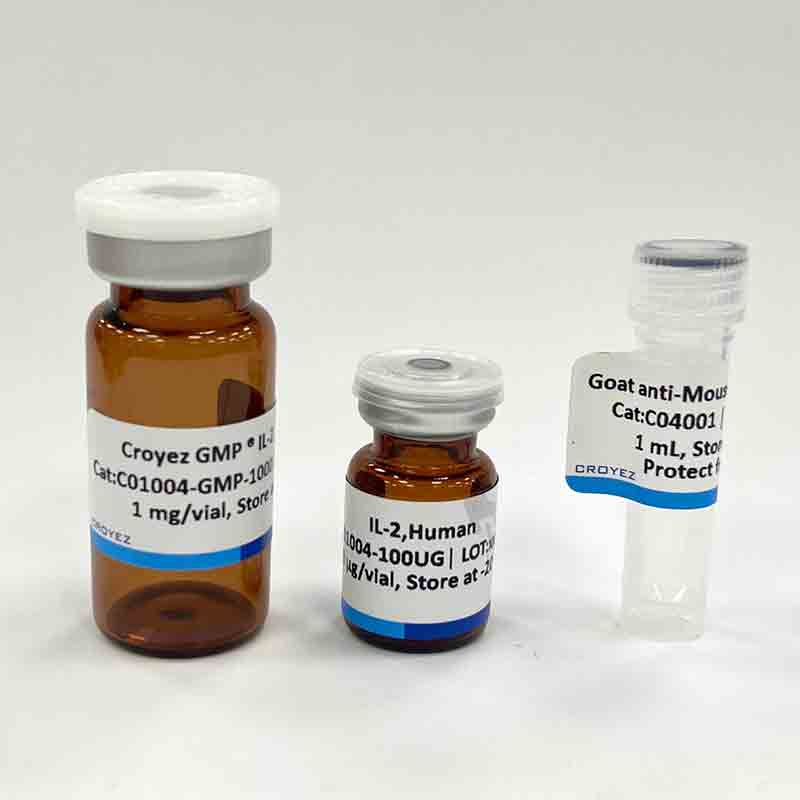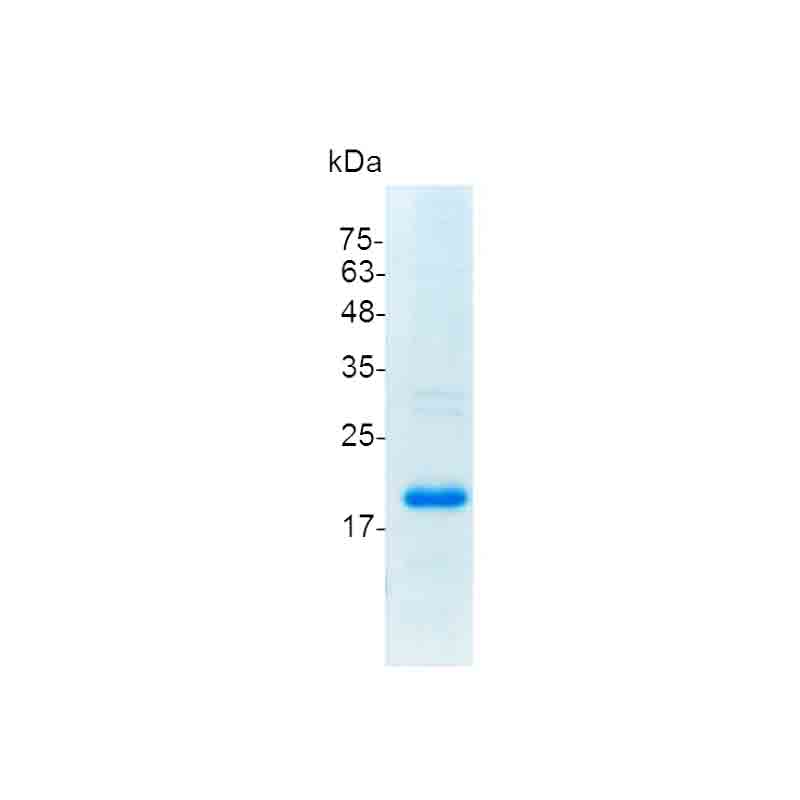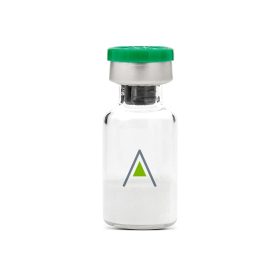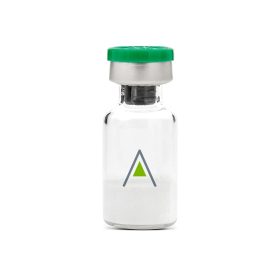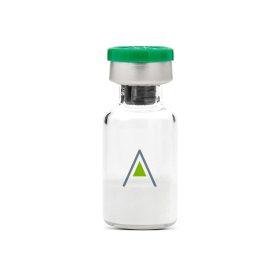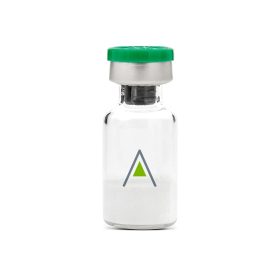CD30L is a member of the TNF superfamily, and is a type-II membrane-associated glycoprotein. It is primarily expressed on certain B cells, T cells, and monocytes. In lymphomas and various chronically inflamed tissues, CD30L can specifically bind to CD30 (receptor), which is expressed on activated, but not resting, B and T cells. CD30L can interact with CD30 to start a signaling cascade that can finally lead to the activation of NF-κB. CD30L/CD30 signaling applies pleiotropic effects on normal cells, for example: cell death, differentiation, and cell division. CD30L/CD30 signaling can also affect some kinds of diseases, like Hodgkin’s lymphoma, allergic inflammation, diabetes and mycobacterial infection.
Sequence:
MQRTDSIPNSPDNVPLKGGNCSEDLLCILKRAPFKKSWAYLQVAKHLNKTKLSWNKDGILHGVRYQDGNLVIQFPGLYFIICQLQFLVQCPN
NSVDLKLELLINKHIKKQALVTVCESGMQTKHVYQNLSQFLLDYLQVNTTISVNVDTFQYIDTSTFPLENVLSIFLYSNSD with polyhistidine tag at the C-terminus
Source:
Escherichia coli
Endotoxin Test:
<0.01 EU per 1 μg of the protein by the LAL method.
Activity:
Measure by its ability to induce IL-8 secretion in human PBMCs. The ED50 for this effect is <2 ng/mL.
Purity:
>98% as determined by SDS-PAGE. Ni-NTA chromatography
Formulation:
The protein was lyophilized from a solution containing 1X PBS, pH 7.4.
Reconstitution:
It is recommended to reconstitute the lyophilized protein in sterile H2O to a concentration not less than 100 μg/mL and incubate the stock solution for at least 20 min to ensure sufficient re-dissolved.
Storage:
Lyophilized protein should be stored at -20°C. Upon reconstitution, protein aliquots should be stored at -20°C or -80°C.
Note:
Please use within one month after protein reconstitution.

